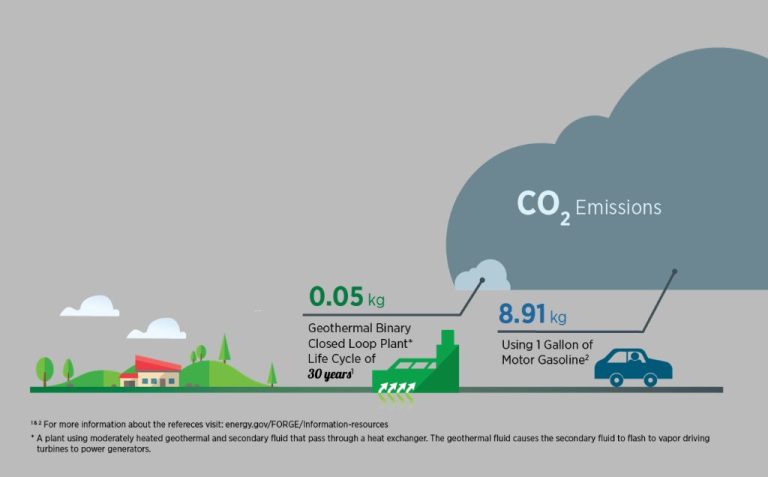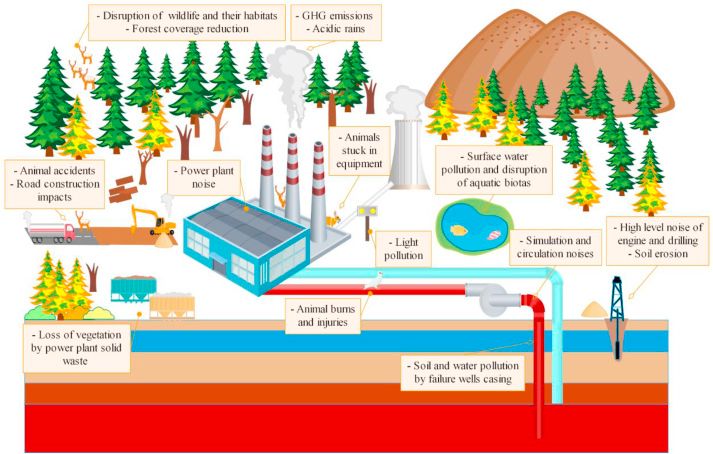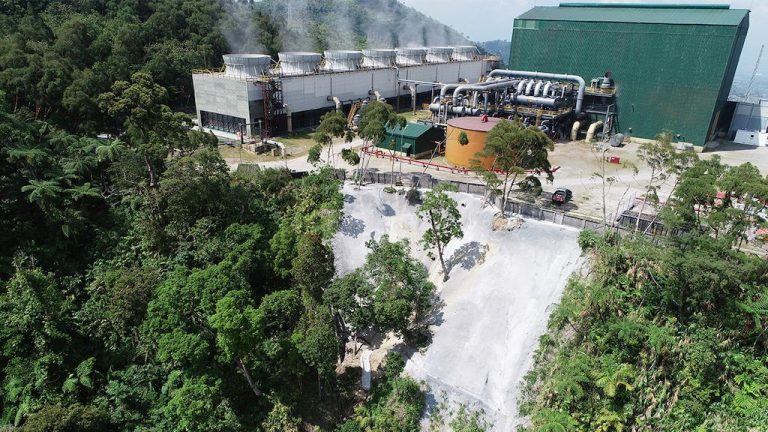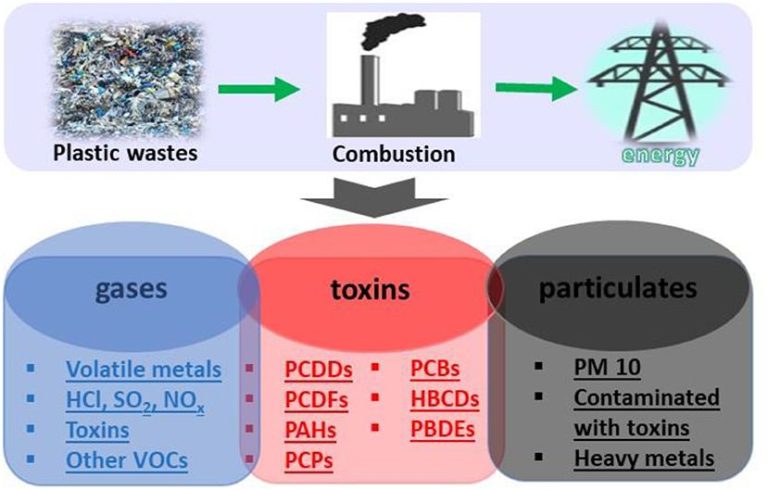Why Do We Need Geothermal Power?
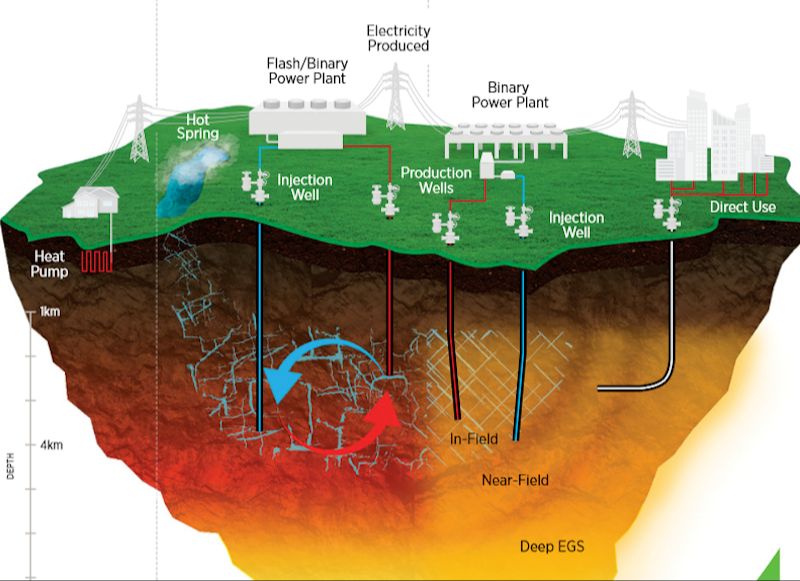
Geothermal energy is a renewable energy source that utilizes the heat energy generated and stored underneath the Earth’s surface https://www.eia.gov/energyexplained/geothermal/. It is considered renewable because the heat emanating from the interior of the Earth is continuously replenished. Geothermal energy can be accessed by drilling water or steam wells in areas where conditions are favorable.
There are three main types of geothermal energy systems: direct geothermal for heating, electricity generation, and geothermal heat pumps. Direct use of geothermal energy provides heating for buildings, greenhouses, aquaculture and other applications. Geothermal power plants utilize hot water and steam reservoirs in the Earth’s crust to drive turbine generators and produce electricity. Geothermal heat pumps take advantage of shallow ground temperatures for space heating and cooling.
Geothermal energy offers several key benefits. It is a clean, renewable source of baseload power with stable costs and virtually no emissions. It has a small environmental footprint and its utilization helps reduce dependence on fossil fuels. With technological advancements, the potential for geothermal energy to contribute to world energy needs is significant.
Geothermal is Renewable
Geothermal energy is considered a renewable energy source because the heat it harnesses is constantly replenished in the Earth’s core (U.S. Energy Information Administration). The constant heat flow from the Earth’s interior to the surface produces geological phenomena like geysers and hot springs. This heat flow is due to radioactive decay of materials in the Earth’s core, as well as residual heat from the planet’s formation. As long as the Earth exists, this heat will continue being generated.
Geothermal energy systems tap into this renewable heat source in the Earth’s crust to provide constant baseline power production. The geothermal resource may deplete slightly over decades of use, but the volume of heat mined annually is tiny compared to the Earth’s total heat content. Essentially, the Earth will continuously produce more heat than we can use, making geothermal power a renewable resource (Enbridge).
Geothermal is Sustainable
Geothermal energy is considered a sustainable energy source because it relies on the continuous supply of heat from the Earth’s core rather than depleting finite resources like fossil fuels. The heat from the Earth’s interior originates from the decay of naturally radioactive isotopes, residual heat from the planet’s formation, and the ongoing production of heat from gravitational compression. This geothermal energy continuously flows to the surface and renews itself, allowing geothermal power plants to operate without consuming the resource over time.
According to Microsoft, “Today, geothermal energy is considered one of the most efficient and sustainable types of energy because it’s a clean, reliable, and renewable resource.” https://www.microsoft.com/en-us/sustainability/learn/what-is-geothermal-energy
In contrast to fossil fuels, geothermal resources are not depleted through use. With appropriate reservoir management, geothermal fields can provide consistent output for decades. This gives geothermal power a significant sustainability advantage over non-renewable energy sources.
Geothermal is Reliable
One of the key advantages of geothermal power is that it produces consistent baseline power regardless of weather or time of day. Unlike solar and wind energy, which depend on sunshine and wind, geothermal energy is available 24/7. This makes geothermal an excellent source of baseload power that can operate at optimal capacity around the clock.
Geothermal reservoirs provide a stable source of heat that can be tapped to generate electricity consistently. Geothermal plants have capacity factors of over 90%, meaning they can operate at full capacity over 90% of the time, compared to around 20-35% for wind and solar power. This reliability enables geothermal power to form the backbone of the energy grid as a dependable baseload source.
According to one source, “Geothermal reservoirs are stable and predictable, so geothermal power plants can be operated as baseload facilities with very high availability factors” (https://www.linkedin.com/pulse/geothermal-energy-clean-reliable-baseload-source-danilo-g-onorino). The inherent reliability of geothermal energy makes it an ideal renewable option for replacing fossil fuels in baseload power generation.
Geothermal has Low Emissions
Geothermal power plants have much lower emissions compared to fossil fuel power plants. According to the U.S. Energy Information Administration, geothermal power plants emit 97% less acid rain-causing sulfur compounds and about 99% less carbon dioxide than fossil fuel power plants [1]. This is because geothermal plants tap heat already in the Earth and do not burn fossil fuels to generate electricity. The steam and hot water used in geothermal plants release negligible carbon dioxide and very little sulfur dioxide or nitrogen oxides.
The Environmental and Energy Study Institute notes that unlike fossil fuels, geothermal energy does not emit the greenhouse gases that cause climate change [2]. The emissions from geothermal power plants are so low that the technology is often considered a clean, renewable source of baseload power. Geothermal’s lack of carbon emissions can play an important role in transitioning away from fossil fuels and mitigating climate change.
Geothermal is Versatile
One of the key benefits of geothermal energy is its versatility – it can be used for electricity production as well as direct heating and cooling applications. According to the U.S. Department of Energy, geothermal resources can be used directly for heating buildings, greenhouse operations, aquaculture, crop drying, industrial purposes, and district heating systems. https://www.energy.gov/eere/articles/5-things-know-about-geothermal-power
Geothermal energy is also commonly used for producing electricity. Geothermal power plants generate clean, renewable electricity by tapping into underground reservoirs of hot water and steam. The geothermal steam rotates a turbine which activates a generator, producing electricity. According to the U.S. Energy Information Administration, utility-scale geothermal power plants produced about 17 billion kilowatt-hours of electricity in 2019, which was about 0.4% of total U.S. utility-scale electricity generation. https://www.eia.gov/energyexplained/geothermal/use-of-geothermal-energy.php
The versatility of geothermal energy to produce electricity as well as provide direct heating and cooling makes it a unique renewable energy source with a wide range of applications.
Geothermal Costs are Dropping
The costs of geothermal energy have been declining in recent years due to technological improvements and economies of scale. According to a 2021 report by the International Renewable Energy Agency, the global weighted average levelized cost of electricity (LCOE) for geothermal power fell by over 20% between 2010 and 2020, reaching a low of $0.056 per kWh in 2020.
Much of these cost reductions have been driven by enhanced geothermal system (EGS) technology, which the U.S. Department of Energy has set a goal to cut costs by 90% by 2035. EGS allows geothermal energy production in areas without naturally occurring hydrothermal resources by fracturing hot rock and circulating fluid through the fractures to extract heat. According to the DOE, EGS could expand geothermal energy deployment in the U.S. 100-fold.
The geothermal industry is also reducing costs through improved drilling techniques, optimized power plant design, and economies of scale as the industry grows. With continued innovation and deployment, geothermal is becoming increasingly cost-competitive with conventional power sources.
Geothermal Reduces Dependence on Imports
Traditional fossil fuels like oil, coal, and natural gas are often imported from foreign countries. This makes the United States dependent on other nations for a significant portion of its energy needs. According to the U.S. Energy Information Administration, the U.S. imported about 9.14 million barrels per day of petroleum from foreign countries in 2019 (1).
In contrast, geothermal energy is generated using the Earth’s own internal heat. Geothermal resources exist right beneath our feet and can provide a steady, reliable source of renewable energy without relying on imports. The
U.S. possesses significant geothermal resources, with an estimated 30 GW of undiscovered hydrothermal resources capable of electricity generation (2). Harnessing even a fraction of these domestic geothermal resources could reduce American dependence on imported fuels.
Using homegrown geothermal power enhances U.S. energy security and stability by relying more on domestic energy resources. This reduces vulnerability to potential disruptions in the global energy supply chain. Geothermal allows the U.S. to harness its own abundant internal energy for power generation and heating/cooling applications. This supports national energy independence and flexibility.
Geothermal Supports Energy Independence
With geothermal energy, we can utilize our own natural resources for energy production instead of relying on imported fuels like oil and natural gas. Developing geothermal power allows a region or country to harness energy that already exists under the ground in the form of heat. This means geothermal systems provide energy independence by using local sources that are not subject to global price fluctuations or supply constraints.
According to the Department of Energy, the geothermal electricity generation potential for the United States is estimated to be 30,000 megawatts – enough to power tens of millions of homes. Tapping into these geothermal resources could significantly reduce the nation’s dependence on imported fuels and increase energy security.https://www.pnnl.gov/geothermal-energy With the right investment and policies, geothermal power can move us closer to true energy independence.
Conclusion
There are clear benefits to increasing the use of geothermal energy. As a renewable, sustainable, and reliable energy source with low emissions, geothermal energy can play a key role in transitioning away from fossil fuels. The versatility of geothermal power allows it to be used for electricity generation as well as heating and cooling applications. And with costs decreasing, geothermal is becoming more economically viable.
Growing the geothermal industry will support energy independence by reducing dependence on energy imports. With vast untapped potential for geothermal energy across the world, further development of this technology can enhance energy security. More investment and policy support is needed to scale up geothermal to unlock its full promise as part of a clean energy future.

